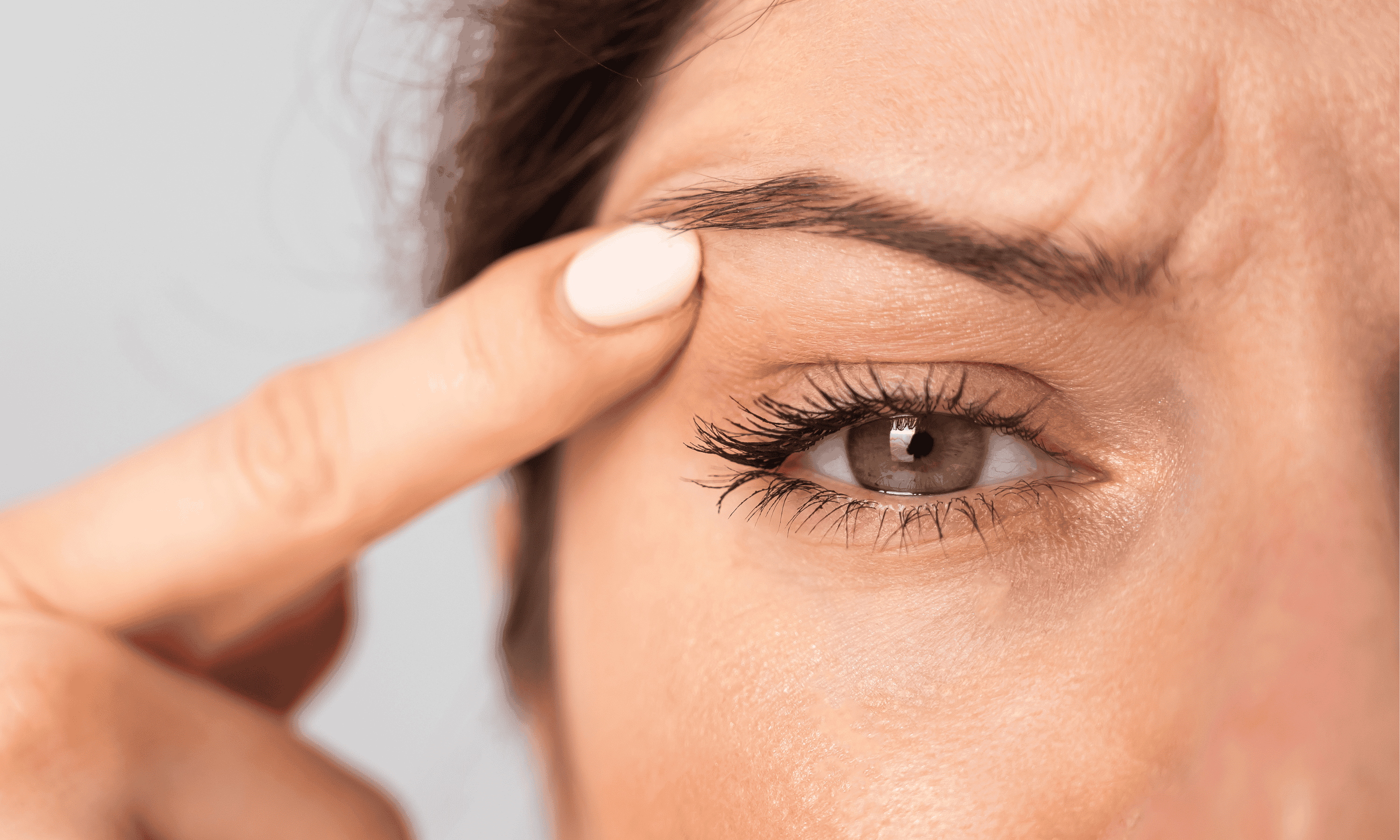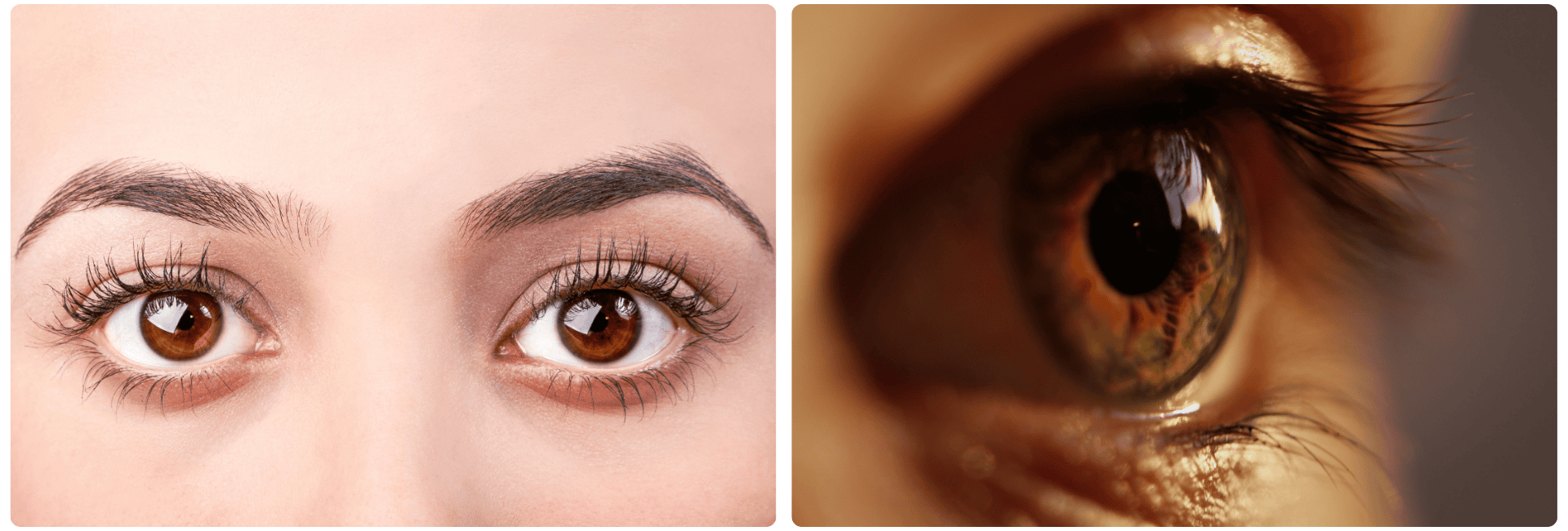
What is an eyelid correction?
- Why do people choose eyelid correction?
- How is eyelid correction performed?
- Popular cosmetic procedure
- Realistic expectations
- What are the different types of eyelid surgery?
- What are the benefits of eyelid surgery for people with droopy eyelids?
- How long does it take to recover from eyelid surgery?
- Are there any risks or complications associated with eyelid surgery?
- Who is a good candidate for eyelid surgery?
An eyelid correction, also known as blepharoplasty, is a cosmetic surgical procedure aimed at improving the appearance of the eyelids. This procedure is often performed to reduce signs of aging, such as sagging eyelids and under-eye bags. In this blog post, we delve deeper into what an eyelid correction entails, why people choose it, and what to expect if you are considering undergoing this procedure.
Why do people choose eyelid correction?
1. Esthetic enhancement: One of the primary reasons people consider eyelid correction is for aesthetic purposes. As we age, the skin loses elasticity, and the muscles around the eyes may weaken, resulting in drooping eyelids. Eyelid correction can reduce these signs of aging, providing a more youthful appearance.
2. Improvement in vision: In some cases, drooping eyelids can hinder vision. Eyelid correction can remove excess skin and lift the eyelids, improving vision and reducing eye-related issues.
3. Boost in confidence: Appearance often influences a person's confidence. Through eyelid correction, individuals can feel more confident about their appearance, positively impacting various aspects of their lives.
How is eyelid correction performed?
1. Consultation: Before the procedure, an experienced surgeon conducts a thorough evaluation. The consultation includes a discussion of your medical history, and your desires and expectations are carefully considered.
2. Surgical procedure: The surgeon will remove excess skin and fat tissue, adjust the muscles around the eyes if necessary, and carefully place incisions to minimize scarring. The procedure can be performed under local or general anesthesia, depending on the complexity and the patient's preferences.
3. Recovery: Following the eyelid correction, a recovery period ensues, during which swelling and bruising may occur. It is crucial to follow the surgeon's instructions to promote a quick and healthy recovery.
Popular cosmetic procedure
Eyelid correction stands as a highly effective and popular cosmetic procedure known for its ability to deliver both aesthetic enhancements and functional improvements. Whether prompted by the desire to address signs of aging, improve vision obstruction caused by sagging eyelids, or simply enhance the overall appearance of the eyes, this surgical intervention has garnered widespread recognition.
For individuals contemplating eyelid correction, a crucial step in the process involves being well-informed about the procedure and its potential outcomes. Consulting with an experienced and qualified surgeon is essential to gaining a comprehensive understanding of the benefits, risks, and realistic expectations associated with eyelid correction.
A skilled surgeon will assess the individual's unique situation, considering factors such as skin elasticity, underlying muscle tone, and overall facial structure. This personalized evaluation ensures that the proposed eyelid correction aligns with the patient's goals and addresses their specific concerns.
Realistic expectations
Setting realistic expectations is paramount in achieving satisfactory results. Eyelid correction can offer improvements in areas such as excess skin, puffiness, and drooping, contributing to a more refreshed and youthful appearance. However, it is essential for individuals to recognize that the procedure has its limitations, and outcomes may vary based on individual anatomy and healing processes. Making an informed decision is contingent upon accurate information and professional advice. The consultation process allows the surgeon to provide detailed insights into the procedure, discuss potential risks and benefits, and address any questions or concerns the patient may have. Armed with this knowledge, individuals can make confident and informed choices that align with their aesthetic goals and overall well-being.

What are the different types of eyelid surgery?
Eyelid surgery, also known as blepharoplasty, includes two main types: upper eyelid surgery and lower eyelid surgery. Upper eyelid surgery is commonly performed to remove excess skin, fat, or muscle from the upper eyelids, creating a more youthful and alert appearance. Lower eyelid surgery addresses under-eye puffiness by repositioning or removing fat pads, and it may also involve removing excess skin to smooth wrinkles or fine lines.
What are the benefits of eyelid surgery for people with droopy eyelids?
Eyelid surgery can greatly improve the appearance of droopy or tired-looking eyes by removing excess skin and fat. Not only does this procedure enhance the cosmetic look of the eyes, but it can also help restore peripheral vision if drooping eyelids are obstructing the line of sight. This can lead to both aesthetic and functional improvements for the patient.
How long does it take to recover from eyelid surgery?
The recovery process for eyelid surgery is generally quick, with many patients returning to their regular activities within 1 to 2 weeks. Swelling and bruising usually subside within the first week, although it may take several months for the full results to be visible as the area heals. Adhering to post-operative care instructions can help ensure a smoother and faster recovery process.
Are there any risks or complications associated with eyelid surgery?
Like any surgery, eyelid surgery carries potential risks, though serious complications are rare when performed by an experienced surgeon. Possible risks include infection, scarring, dry eyes, and changes in eyelid position. It’s important to discuss these risks with your surgeon during the consultation to ensure you have a clear understanding of the potential outcomes and to take necessary precautions.
Who is a good candidate for eyelid surgery?
Candidates for eyelid surgery are typically in good overall health and have specific concerns about the appearance of their eyelids, such as excess skin, puffiness, or drooping. Ideal candidates also have realistic expectations about the procedure’s results. Consulting with a surgeon will help determine if eyelid surgery is the right option based on your individual needs and aesthetic goals.
In essence, eyelid correction is a transformative procedure that goes beyond cosmetic enhancements, offering functional benefits and potentially improving an individual's quality of life. With thorough research, open communication, and guidance from a skilled surgeon, those considering eyelid correction can embark on their journey with confidence and realistic expectations.


